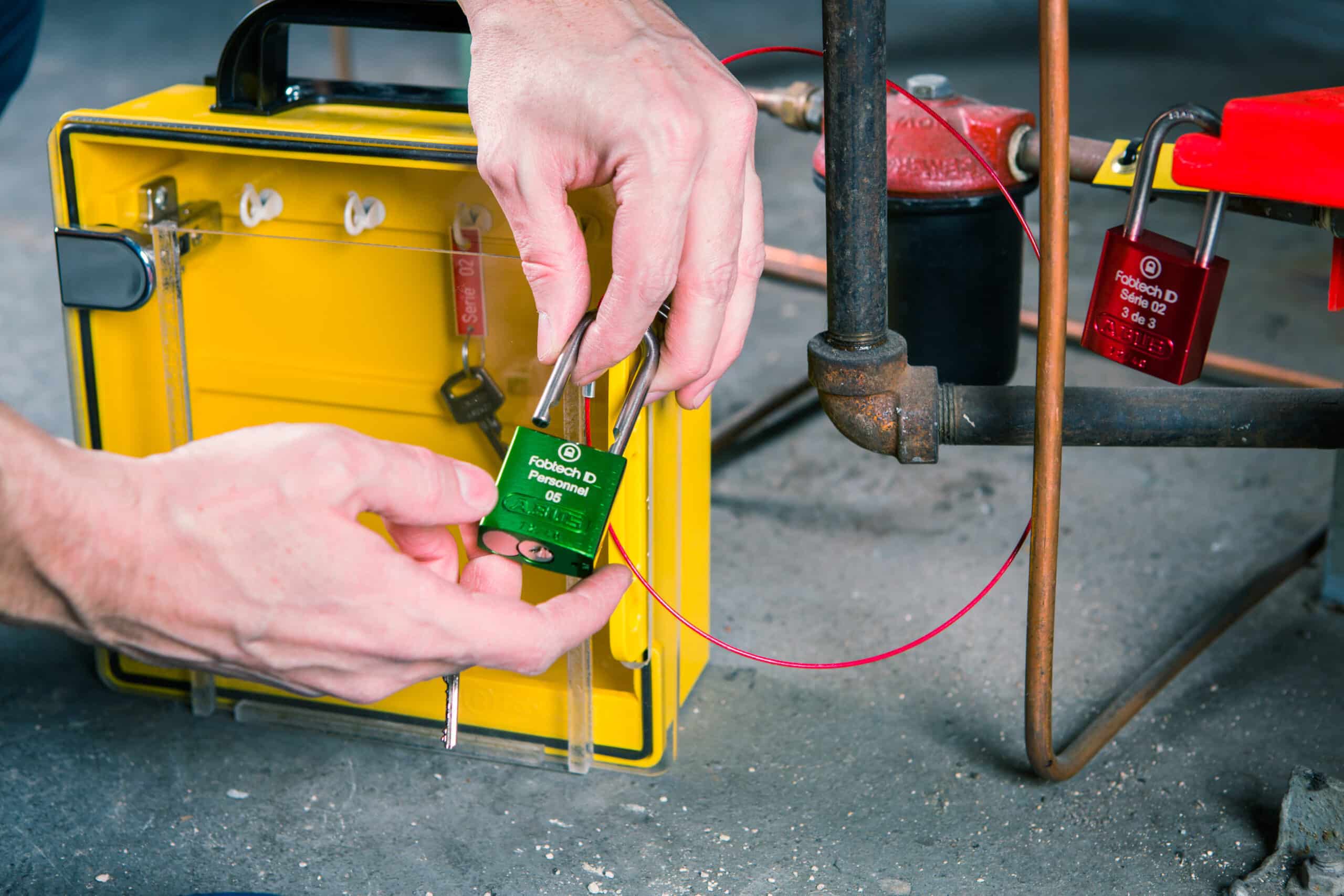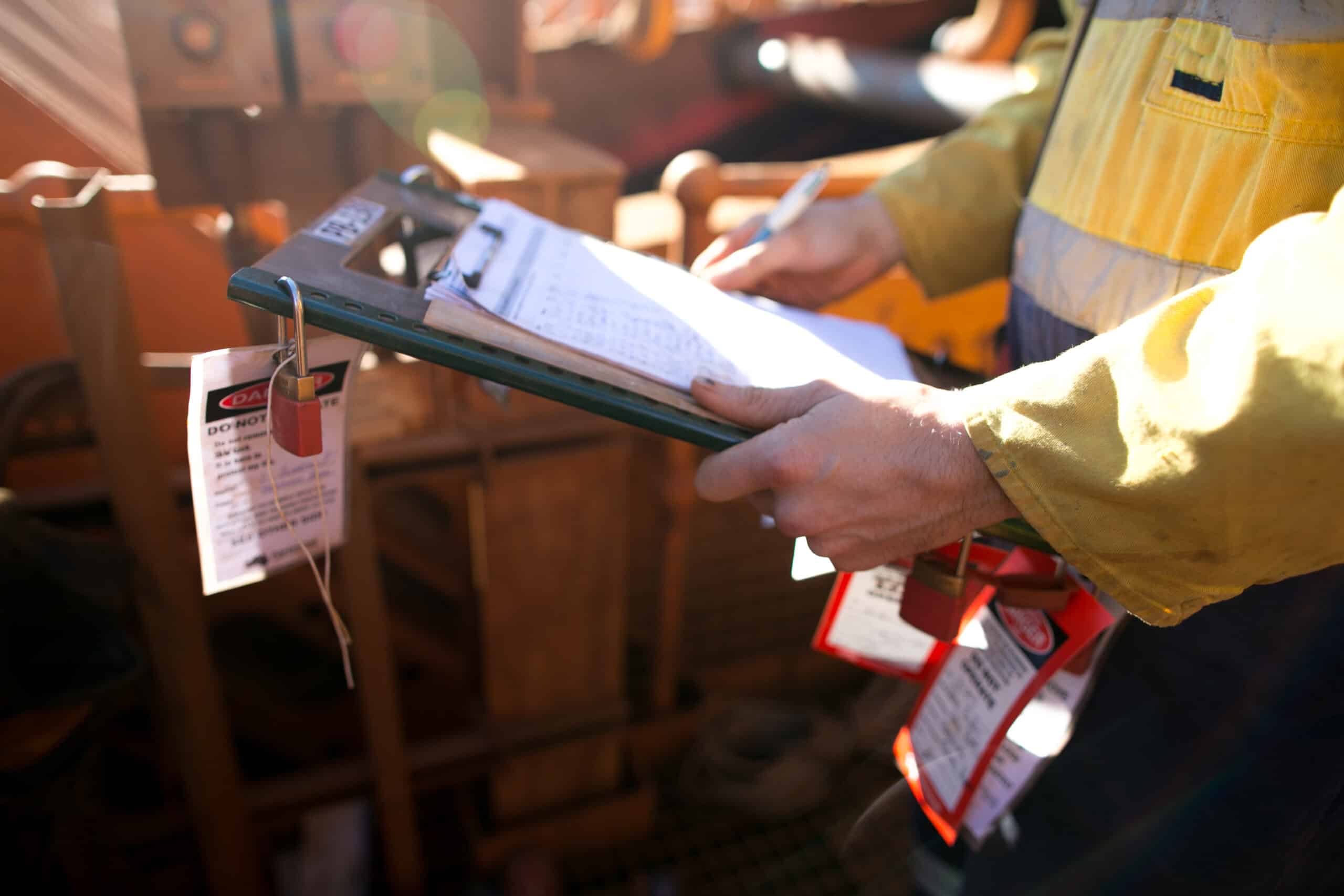LOTO | Different Types of Locks for Different Purposes


Standardizing Before Writing LOTO Procedures
22 September 2021
In my last article Methodology for Implementing a Functional Lockout System, I discussed the methodology for implementing lockout. We took a 10,000 foot view of what it normally takes to implement lockout within a facility. Now we’ll get into the details. The first part we’ll dive into is standardization.
Before you can write your LOTO procedures, you should try to define standards for as many elements in your procedures as possible. If lockout / tagout were a game, standardization would be the rules of the game. While making up the rules as you go can be fun, it usually leads to someone flipping over the table and walking away in anger.
Even if you have a game of pick-up football, you need to know what each position is, whether you need to touch a person to get them out, or tackle them to the ground. If you don’t determin this ahead of time, the game will fall apart very quickly.
The same goes for setting up a lockout / tagout system in your facility. There are three basic categories of standardization:
First, you should standardize your naming/identification convention. How do you call each of the parts of your lockout including the machines and devices?
One of the main problems that you’ll face if your company hasn’t already established a clear nomenclature is that you may have, for example, a thousand disconnects each named E1. It’s easy enough when you have a pump with its disconnect right next to it. But what happens when you get into an MCC room with thousands of disconnect switches next to each other and they’re all called E1?
A proper numbering system will make each piece individual and unique. At the end of the day, if you’re looking for Valve 05-500-VM-1000, there should only be one in the facility that has that specific number.
On one hand, you could use a fully sequential numbering system that doesn’t give you any information at all. This is the simplest way to implement a system. But it gives the least amount of information to anyone having to work with it.
You can have separate naming formats for machines versus valves, versus disconnects, so you know from the identification number, what type of equipment you’re referring to. You can also segregate between the different types of parts. For example, manual versus automatic valves.
The numbering system could also tell you where the equipment is located. Depending on the type of business you have, the location could refer to which building, department, or area of the facility it is in. It would be ideal if a worker could look at a number and know what type of equipment it is, and where it is in the facility.
But remember, this has to be decided ahead of time so that the person(s) writing the procedure knows the standards, the rules, and can name and number everything accordingly. If a number is not assigned to an item, they’ll know exactly where to look for the next available number.
Deciding on a standard tag will help people know what to expect so they won’t get surprised or confused by conflicting information. Here’s a partial list of items to consider standardizing on:
If you put yellow tags with black lettering for lockout / tagout everywhere, people will know that if they see a yellow tag with black lettering, it’s lockout / tagout related. Therefore, they’ll know what information to expect on each one.
If you start putting tags of all different colors around the facility, people will not know what to look for. Facilities have tags everywhere, often several tags on each device. If you’re not standardizing on them, you will add confusion and wasted time to the worker trying to do their job. This is a simple but important step.
Once you’ve dealt with all your devices, you need to standardize on the parts you’re going to use when doing your lockout / tagouts. These you standardized so that:
Every single time we start a project with a client, they always wonder why we’re so intense.
From experience, we know that once we get going, even though we were that intense, there’s always many items that won’t fit with any of the standards we’ve chosen. If we hadn’t gotten as detailed as we did, it would have turned into a real mess.
We could reference this article on how much planning improves overall execution : https://www.pmi.org/learning/library/importance-planning-phase-project-success-6021